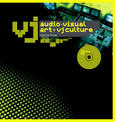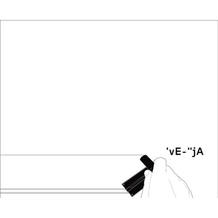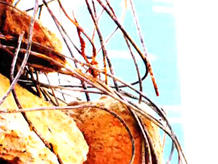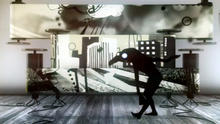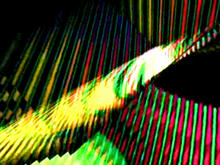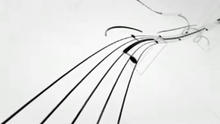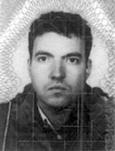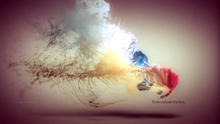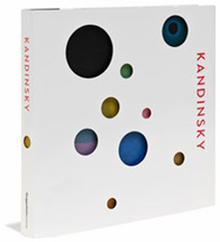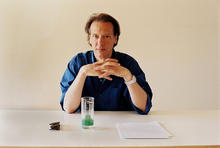Visual Kitchen
started in the late nineties as a collective that focused on live video mixing and pioneered the Belgian VJ-scene. They explore the semantics of live AV performance and video art from a background of VJing and music video production.
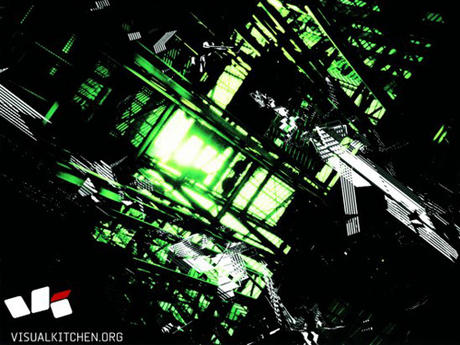
In the early days the main activities aimed for the dance floor, with a residency at the Brussels' Cybertheatre, collaborations with mayor Belgian dance-events (10daysOff, I Love Techno, Groovecity) and a long track record of underground performances (RephlexNight, Seats'nBeats).
An artist in residency-status at Concertgebouw in Bruges in 2003 were a turning point in the artistic approach. With interpretations of the Karlheinz Stockhausen piece Pole für 2 for dual MX50 with feedback or the visual adaptation of the original audiotape that accompanied the Laborintus II opera by Luciano Berio, they set themselves a new standard. The collaborations with Eavesdropper, also resident, continued and intensified resulting in several forms of collaborations such as the Massive Central collective or the Locker03 DVD/installation.
In 2003 Visual Kitchen joined forces with Les P’tits Belges in the organization of the annual Cimatics AV festivals. The Cimatics Platform offers a wide spectrum of activities within the fields of VJing and live audiovisual performances, with the festival as the key focus point. In 2007 they restructured these activities, (re)organizing the AV and VJ scene with the Cimatics\AV\platform that produces, promotes and distributes national and international audiovisual artists, while Visual Kitchen focuses on the intrinsically artistic productions by the founding artists Jurgen Van Gemert and Sam Vanoverschelde.
Source: Visual Kitchen's website
